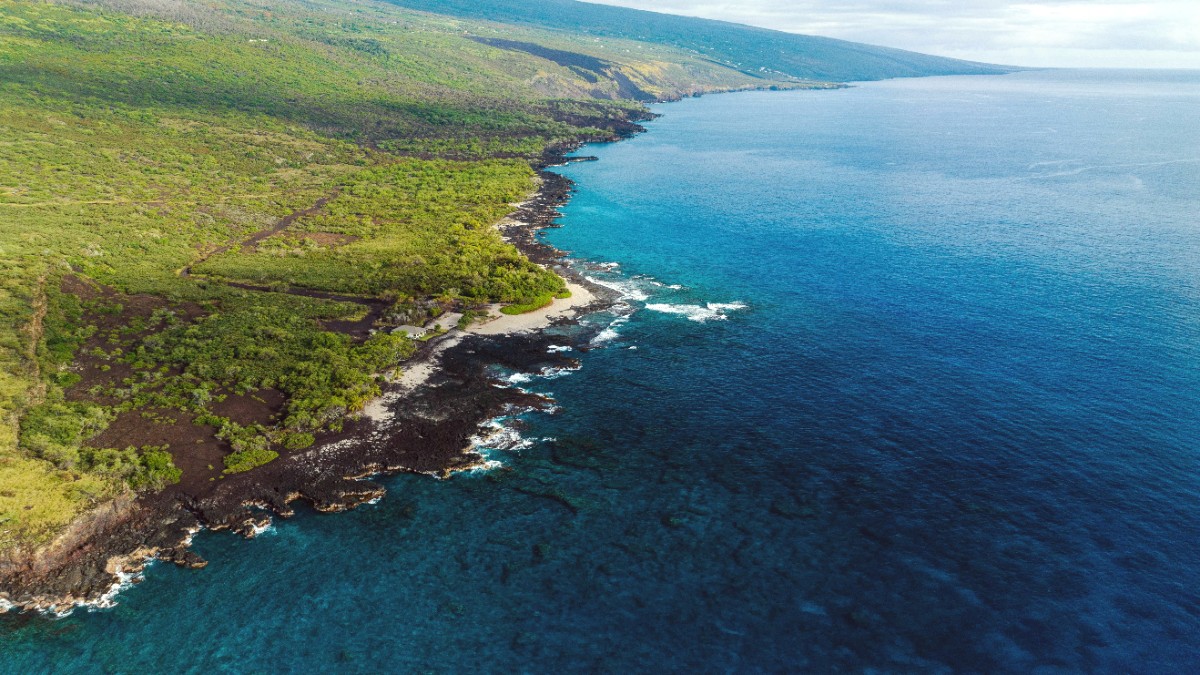
Hawaii, USA
Major U.S. Carriers like AT&T, Verizon, and T-Mobile offer service on the Big Island.
Most accommodations offer Wi-Fi access, sometimes included in resort fees.
The official languages of Hawaii are English and Hawaiian. English is universally spoken, making communication for visitors simple.
U.S. Postal Service (USPS) branches operate in most towns across the island, offering standard postal services.
Priority Pass offers frequent travelers independent airport lounge access globally.
Compensair assists with compensation for flight delays, cancellations, or denied boarding.
ATMs are readily available at supermarkets, convenience stores, and resorts.
Major U.S. Banks like Bank of Hawaii, First Hawaiian Bank, and American Savings Bank feature branches and ATMs in larger towns.
U.S. Federal Holidays lead to bank, post office, and government office closures.
Check schedules during holidays and consider shoulder seasons for fewer crowds.
Embracing local etiquette and cultural norms deepens your Big Island experience.
A warm smile and a sincere "Aloha" serve as common greetings for hello and goodbye.
Hawaii's atmosphere leans very casual.
Most scenic spots welcome photography.
Hawaii is generally very welcoming and progressive.
Respect local culture and the environment; these actions enrich your visit and demonstrate reverence for Hawaii.
The Big Island has made efforts to make travel simpler for those with mobility needs, though some challenges may still present.
Both Ellison Onizuka Kona International Airport (KOA) and Hilo International Airport (ITO) generally feature ramps, elevators, and accessible restrooms.
Many popular sites offer accessibility features.
Services for travelers with visual or hearing impairments are available.
Several organizations offer accessibility information.
Contact individual businesses directly to confirm their ability to meet your specific accessibility needs for a comfortable visit.